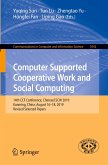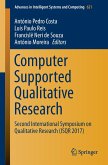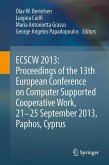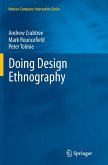The emergence of interactive surfaces like digital tabletops and whiteboards has pointed to new possibilities of using display technology for interaction and collaboration. In future, displays will increasingly be embedded in everyday furniture, such as the tables in a meeting room. This development allows for more natural and human centered interfaces; interacting with digital surfaces and content becomes more fluent and intuitive. However, current technological solutions that enable content creation and sharing during meetings are often cumbersome to use, and are commonly abandoned for traditional paper-based tools. Thus, the focus is on creating natural interfaces that help accessing and practically using the potential of emerging digital systems. In this book, a novel interactive meeting room that combines traditional interfaces with digital media is presented. Our solution integrates Anoto's digital pens, tabletops, wall displays, and personal laptop computers to support group interaction through both digital and ink-based media. This book should help other developers to understand how technologies that will emerge in the future can be applied to create similar solutions.
Bitte wählen Sie Ihr Anliegen aus.
Rechnungen
Retourenschein anfordern
Bestellstatus
Storno








